The constellations that we know are patterns of stars in the sky, often shaped like animals or characters from legends. While these patterns are extremely useful for learning your way around the sky, and for use in navigation on the Earth, these constellations are the shapes that people make in the random patterns of stars in the sky.
Tag: Individual activity
In this activity students will explore the differences between day and night on the Earth by comparing nocturnal and diurnal animals. They will investigate how day and night occur on the Earth using a simple model, and see how people and animals living in different parts of the planet experience different times of the day.
Constellations are patterns of stars in the sky. While these patterns are extremely useful for learning your way around the sky, and for use in navigation on the Earth, these constellations are not physical groupings of stars. We see the patterns that we define as constellations because of the three-dimensional arrangement of stars in space.
Our Solar System contains the Sun, the eight planets, as well as numerous dwarf planets, many asteroids, and an unknown number of comets. Comets have often featured in historical accounts as portents of doom or disaster (one features in the Bayeux Tapestry, for example), but the reality is that they are giant dirty snowballs. As they get close to the Sun they begin to warm, and some of the ice begins to turn to gas, creating the spectacular tails visible from Earth. This activity helps students to understand what comets are made of, and why they look the way they do in the sky.
The stars appear as dim points of light in the night sky, that vanish when the Sun rises. They are actually just like the Sun but are so far away that they appear very tiny and faint. Some stars are like the Sun, but some are smaller, some are larger, and they come in different colours. This activity allows students to explore the shapes and colours of stars.
The Moon is a spherical rocky body, like the Earth but significantly smaller. Throughout the month the Moon changes shape, from new Moon, through the crescent phase, to a half Moon, and then full Moon, before disappearing again back to New Moon. The Moon emits no light of its own, this effect is purely down to how we see the change in illumination from the Sun as the Moon slowly orbits the Earth.
Evolution is the mechanism by which plants and animals (and other organisms) adapt to their environment as it slowly changes with time. It allows species to change and cope with significant changes in their surroundings, as long as the change is slow compared to the lifespan of one generation of the organism in question.
The Sun is a star powered by nuclear reactions and is incredibly powerful. It is vital for life on Earth, providing the heat and light we need in order to survive and for the food chain to operate, but it is so powerful that it must be viewed very carefully in order to avoid damage to the human eye.
The aurora is a truly spectacular visual phenomenon visible close to the north and south poles of the Earth and occurs because of an interaction between the Sun and the Earth. This activity introduces the reasons for the phenomenon and explores the visual appearance through art.
© 2025 We Share the Same Moon
Theme by Anders Norén — Up ↑





